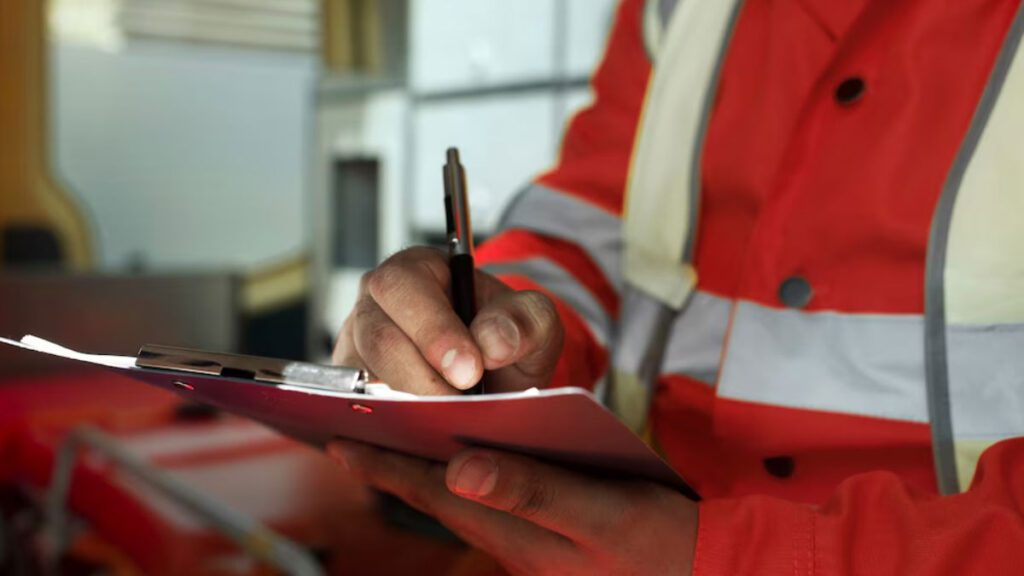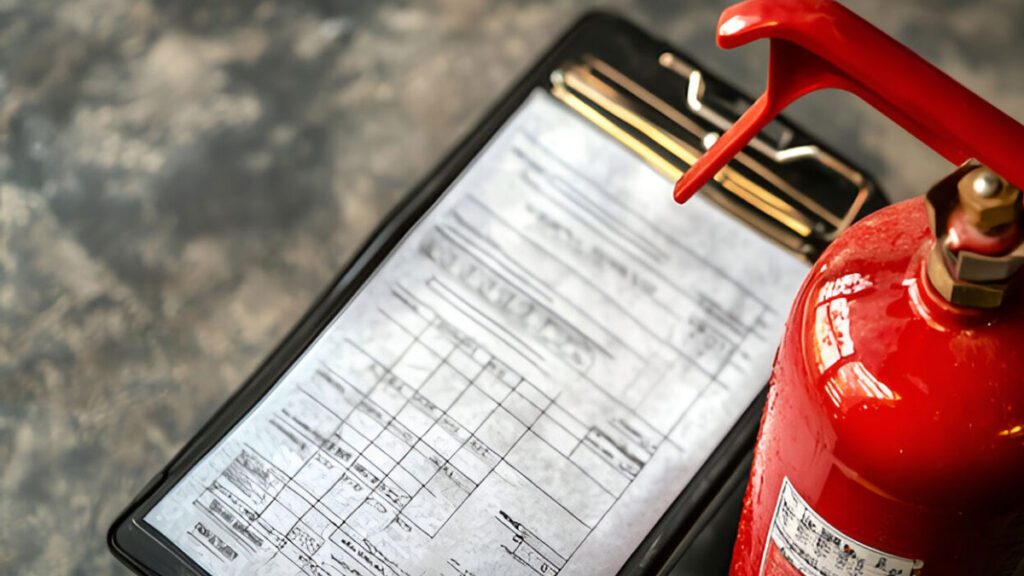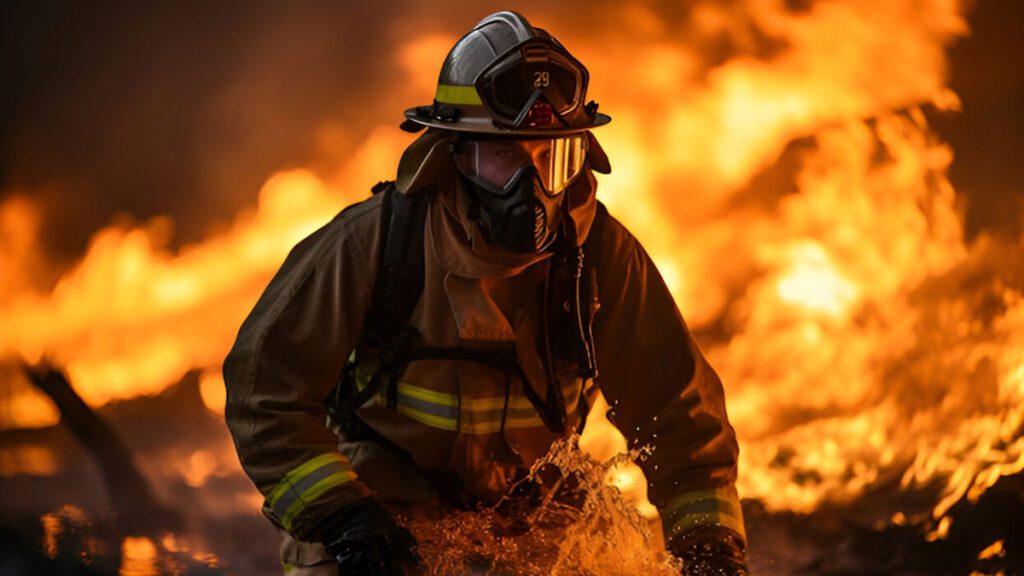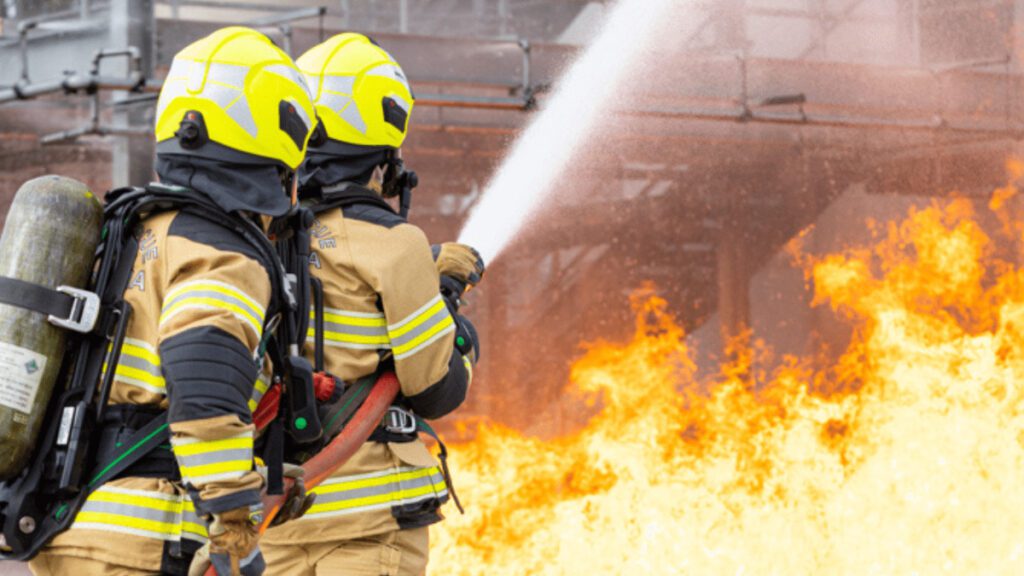When a warehouse had an unexpected fire, quick-thinking employees with emergency response training jumped to the scene. Their prompt evacuation and attempts to limit the fire prevented fatalities and reduced property loss. This case emphasizes how crucial it is to have trained personnel on hand to deal with emergencies.
Employees getting fire emergency response training are better prepared to act quickly in times of crisis, protecting everyone and lowering risks. Making the workplace safer and safeguarding your most important resources—your employees—are more important than merely adhering to regulations.
We’ll discuss the most effective methods for training employees about fire emergency response plans. Everything from identifying potential emergencies to creating comprehensive response plans, designing engaging training programs, and carrying out effective drills will be covered.
Identifying Potential Emergencies

Different businesses may experience several kinds of emergencies that need specialized responses. Common emergencies consist of:
Natural calamities: Storms, floods, and bushfires are among the major natural calamities that Perth faces. To ensure safety, particular preparations are needed for each of these.
Fires: Electrical problems, combustible materials, or equipment failures can all result in workplace fires. Clear escape routes and frequent fire drills are crucial.
Chemical Spills: Businesses that deal with hazardous products need to be ready for chemical spills by implementing appropriate handling and containment protocols.
Medical Emergencies: Immediate first aid and medical response procedures are required for unexpected medical events, such as heart attacks or serious injuries.
Security Risks: In the modern world it is essential to be ready for potential security risks, such as active shooter scenarios or workplace violence.
Risk Assessment
The cornerstone of identifying potential emergencies and developing an effective response plan is carrying out a comprehensive risk assessment.
Identify the hazards at hand: Make a list of every potential risk that could result in an emergency at your particular place of employment.
Evaluate the risks: Evaluate each hazard’s likelihood and possible consequences. This aids in prioritizing which emergencies require immediate attention.
Examine the shortcomings: To find weaknesses, consider the location, the type of work, and the physical design of your workspace.
Employee Consultation: Talk to employees at all levels to learn about possible hazards and practical ways to reduce them.
Document Findings: Maintain a comprehensive record of all risks that have been identified, their assessments, and suggested countermeasures.
Developing a Comprehensive Fire Emergency Response Plan

Key Components: Explain the key components of a successful emergency response plan, such as roles and duties, communication tactics, and evacuation protocols.
Customizing the Plan: Talk about how crucial it is to modify the plan to fit the unique requirements and design of the workplace.
Integrating business continuity: Describe the role that fire emergency response planning plays in more comprehensive business continuity and recovery strategies.
Designing Effective Training Programs

Emergency fire training
When it comes to establishing effective fire emergency response training programs, having defined goals is key. Establish clear, quantifiable goals first. For instance, you may want everyone to be familiar with fire extinguisher usage or evacuation routes. Having specific goals guarantees that your training is efficient and targeted.
Next, think about the person you are training. During a fire emergency, different staff have distinct roles. Adapt your training materials to these positions. While maintenance personnel may need to handle particular emergency equipment, office staff may need to know how to properly escape. Everyone finds the training more interesting and relevant when it is tailored to them.
Choosing appropriate training techniques is also essential. While e-learning provides flexibility for hectic schedules, classroom training can deliver comprehensive information. Conversely, drills and simulations offer practical experience, which is priceless. Since each approach has advantages, a combination of them is frequently the most effective.
Lastly, don’t overlook the updates and regularity. Frequent training sessions, possibly once a year, aid in maintaining skill sharpness. However, whenever your workplace or emergency plans change, you should likewise refresh your training. This ensures that everyone is always ready and knowledgeable about the latest procedures.
Engaging and Motivating Employees

Making safety an organizational priority is the key to developing a safety culture at work. Establish a culture where everyone takes responsibility for safety first.
Setting safety as the top priority in all facets of work is how leadership should set an example. Emphasize the value of safety on a regular basis and urge staff members to voice any worries they may have.
Fire training methods that are interactive and hands-on can significantly increase engagement. Use scenario-based learning or role-playing in place of merely lecturing.
For instance, create a medical emergency or fire drill simulation so staff members can rehearse their reactions in a safe, authentic environment. This helps employees remember what to do in real-world scenarios and makes training more interesting.
Programs for rewards and recognition might help encourage staff members to take training seriously. Provide incentives for finishing training courses or for exhibiting excellent safety procedures.
This could take the form of a straightforward certificate, a little incentive, or public acknowledgement during a team meeting. Honoring these accomplishments demonstrates to workers that their efforts are appreciated and serves to stress the significance of safety.
Conducting Drills and Simulations

One of the most important aspects of fire emergency preparation is carrying out drills and simulations. The functions of various drill types vary. Evacuation drills guarantee that everyone is aware of the safe and efficient way to leave the building. Employees are prepared for circumstances where they must remain in place – including in the event of a security threat, through lockdown drills.
Responding to fire alarms and using fire extinguishers are the main topics of fire drills. Every kind of exercise helps staff members rehearse particular reactions, increasing their effectiveness in actual circumstances.
Drill planning and execution need a number of procedures. First, clearly define your goals and objectives. Next, create plausible situations that mirror possible crises that could arise at work
Inform employees about the exercise, but leave some details a mystery to replicate the unpredictable nature of real life. Keep an eye on the drill and record how effectively the instructions are being followed. Get participant comments following the exercise to determine what worked and what needs to be improved.
Analysis after a fire drill is essential. Everyone can talk about their experiences and exchange ideas during debriefing sessions. Use this input to make continuous changes to your emergency response plan. According to studies, companies that regularly practice emergency drills have a 50% greater success rate than those that don’t.
Final Word
We discussed important steps for educating the employees about fire emergency response plans. Every one of these steps is essential to ensuring that your team is ready for anything. We urge you to review your existing fire emergency response training programs and make necessary changes. In order to keep the workplace safe – and ensure business continuity in times of emergency, well-trained employees are crucial.





